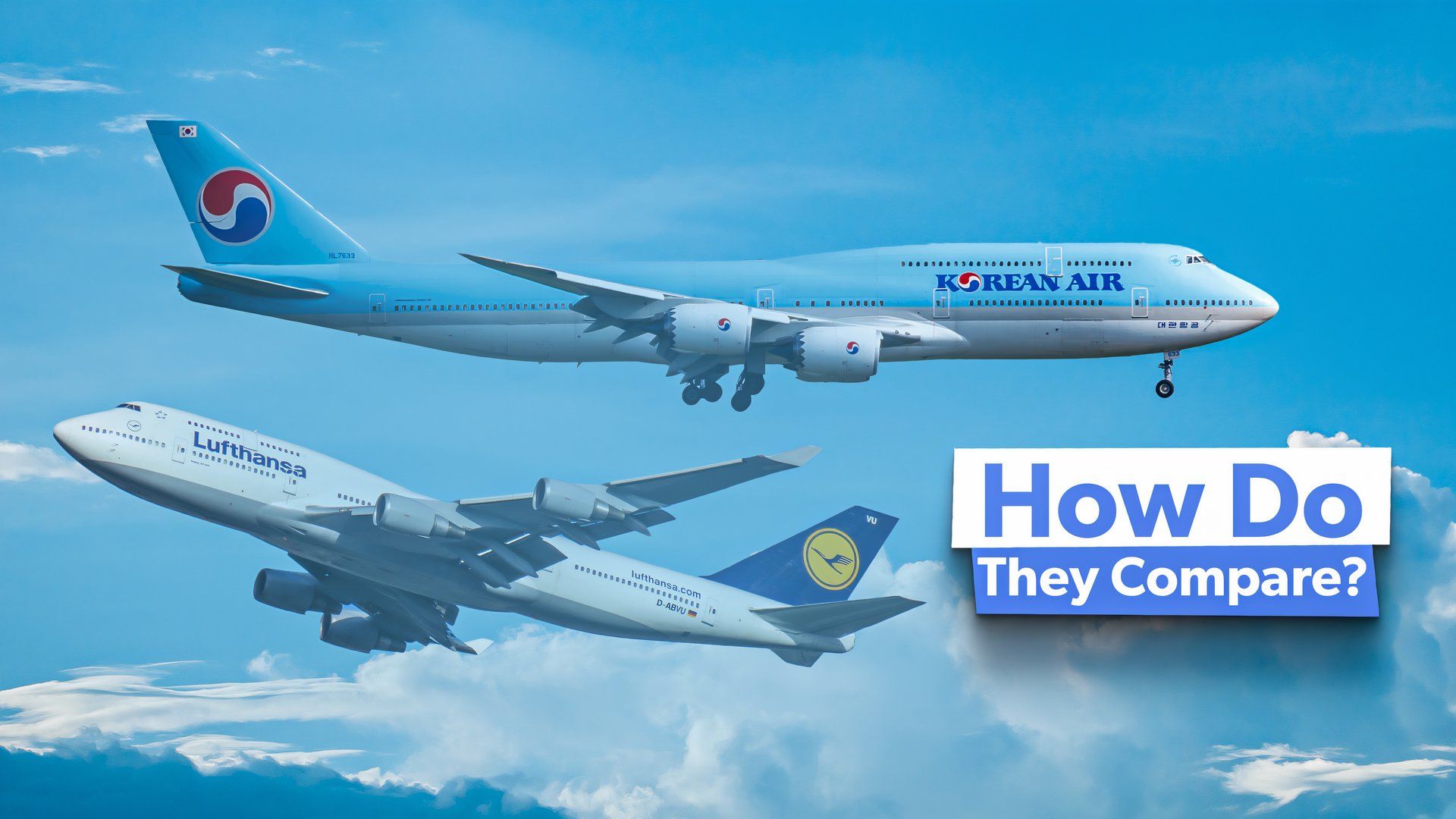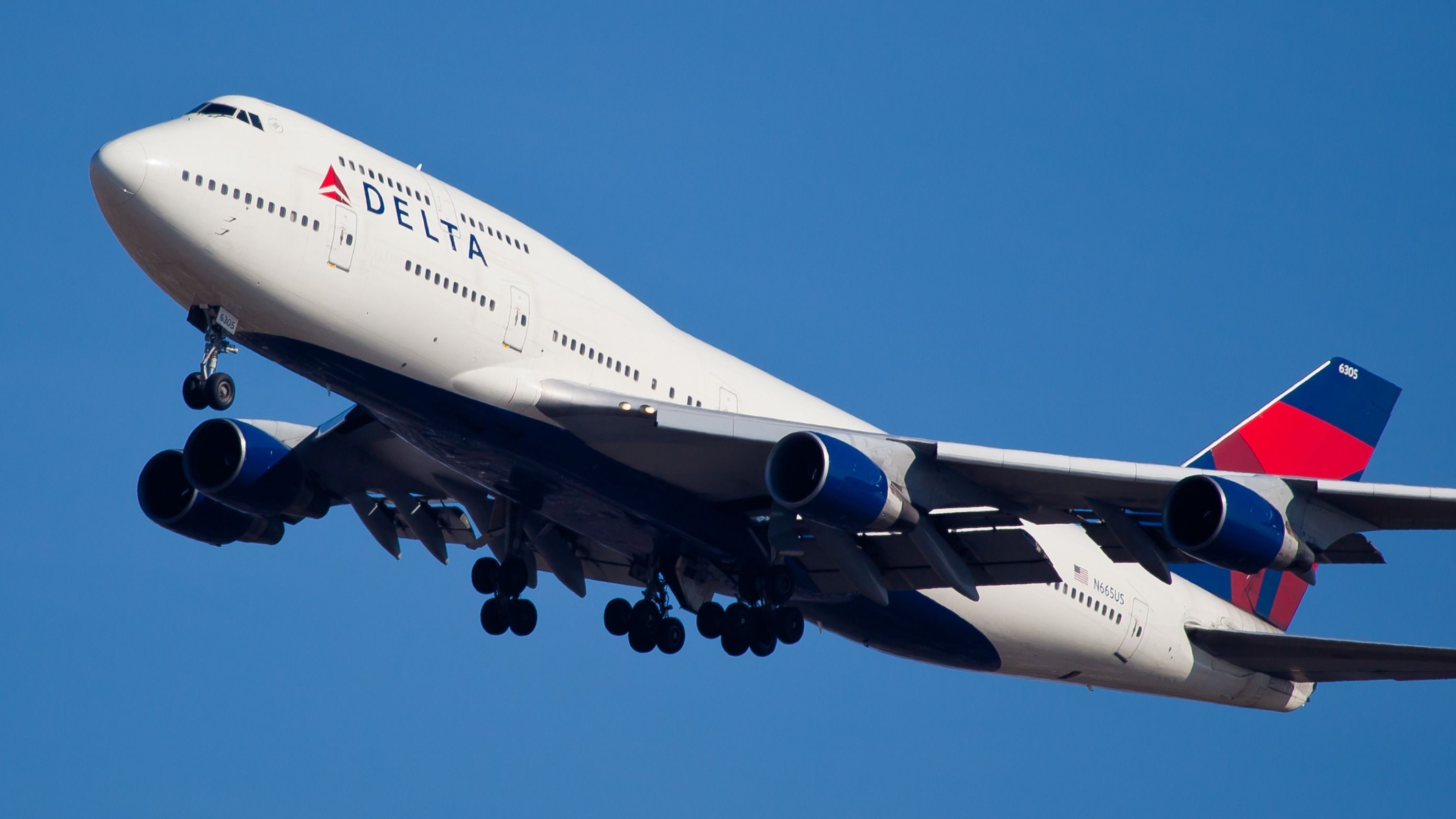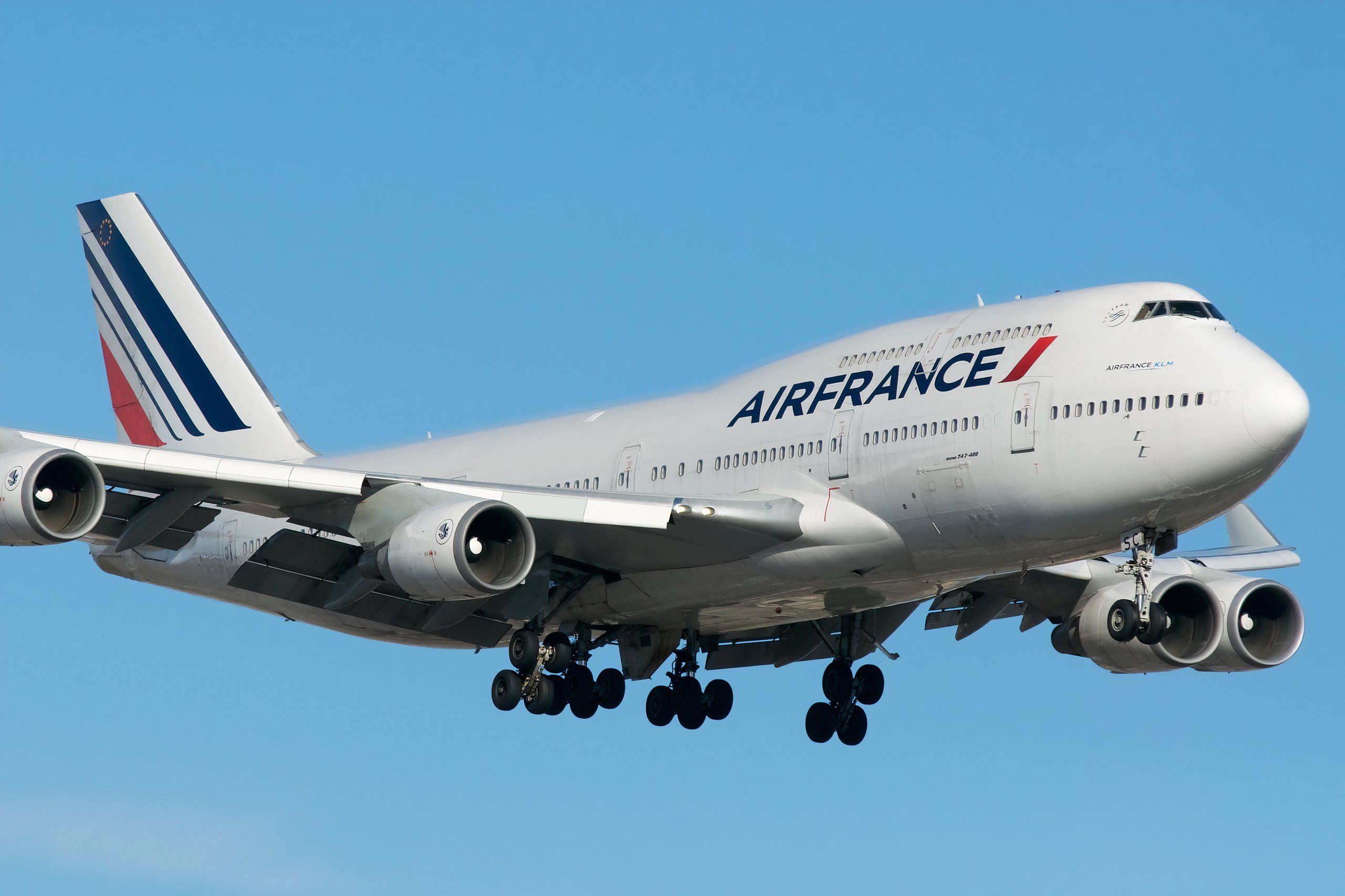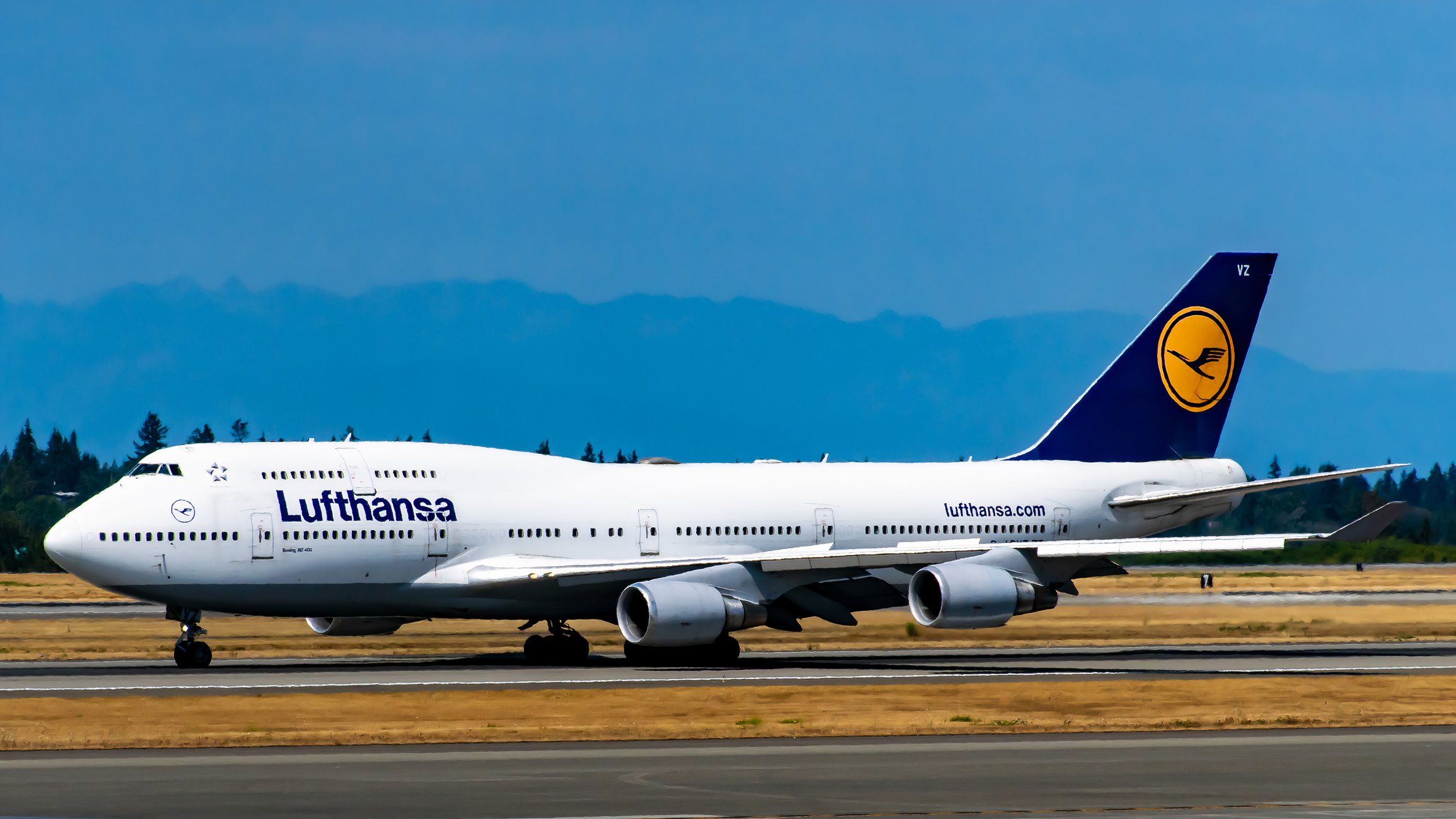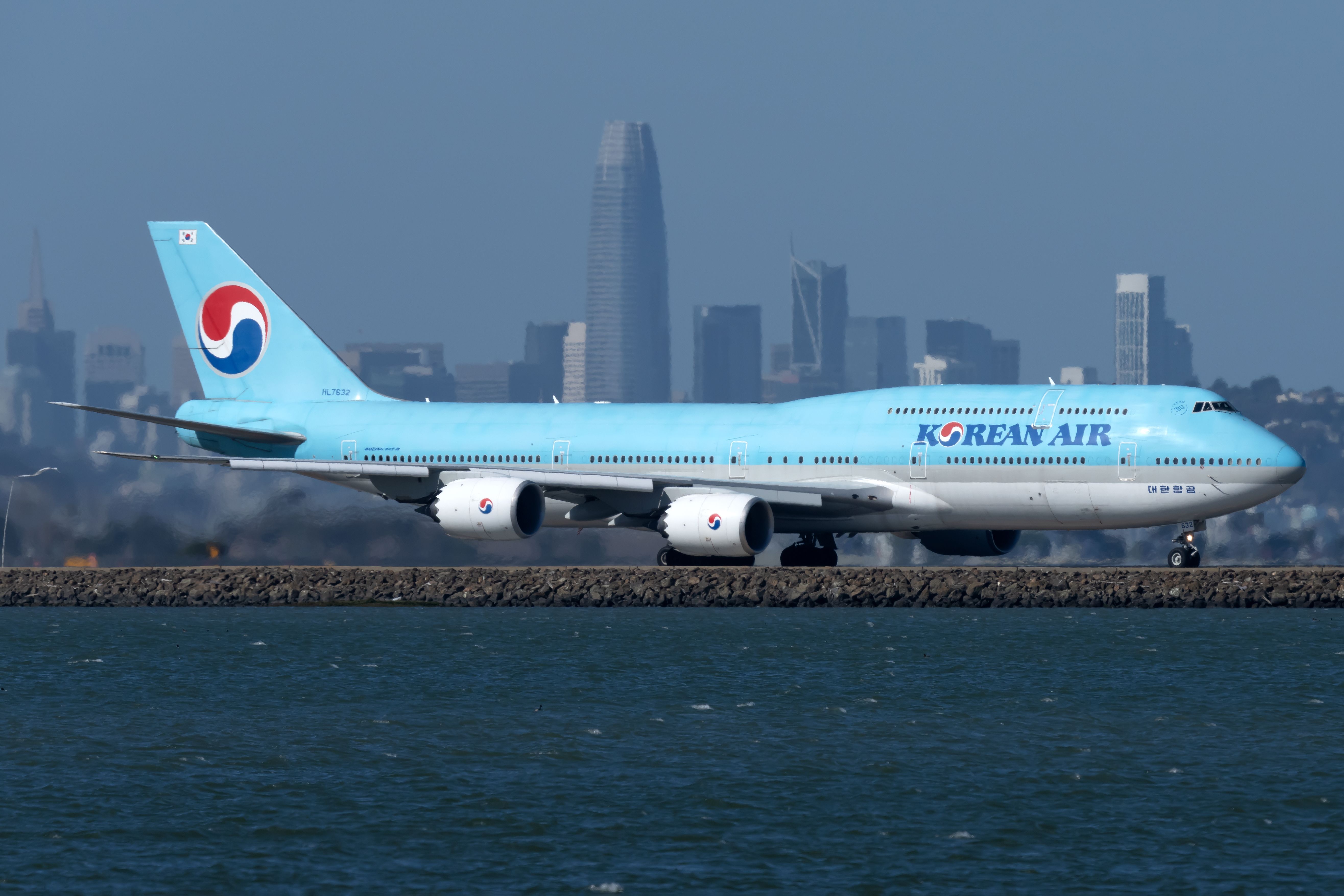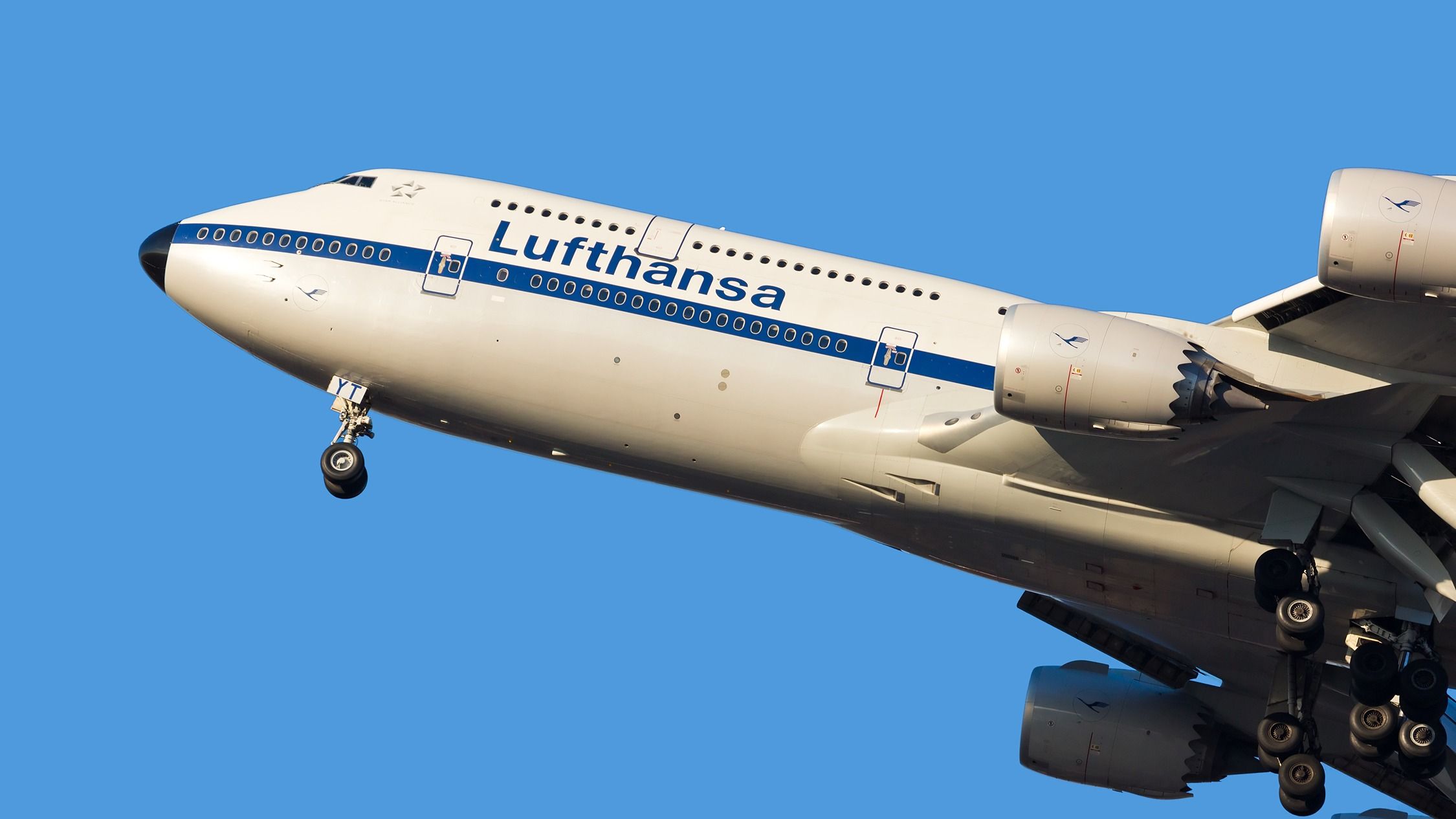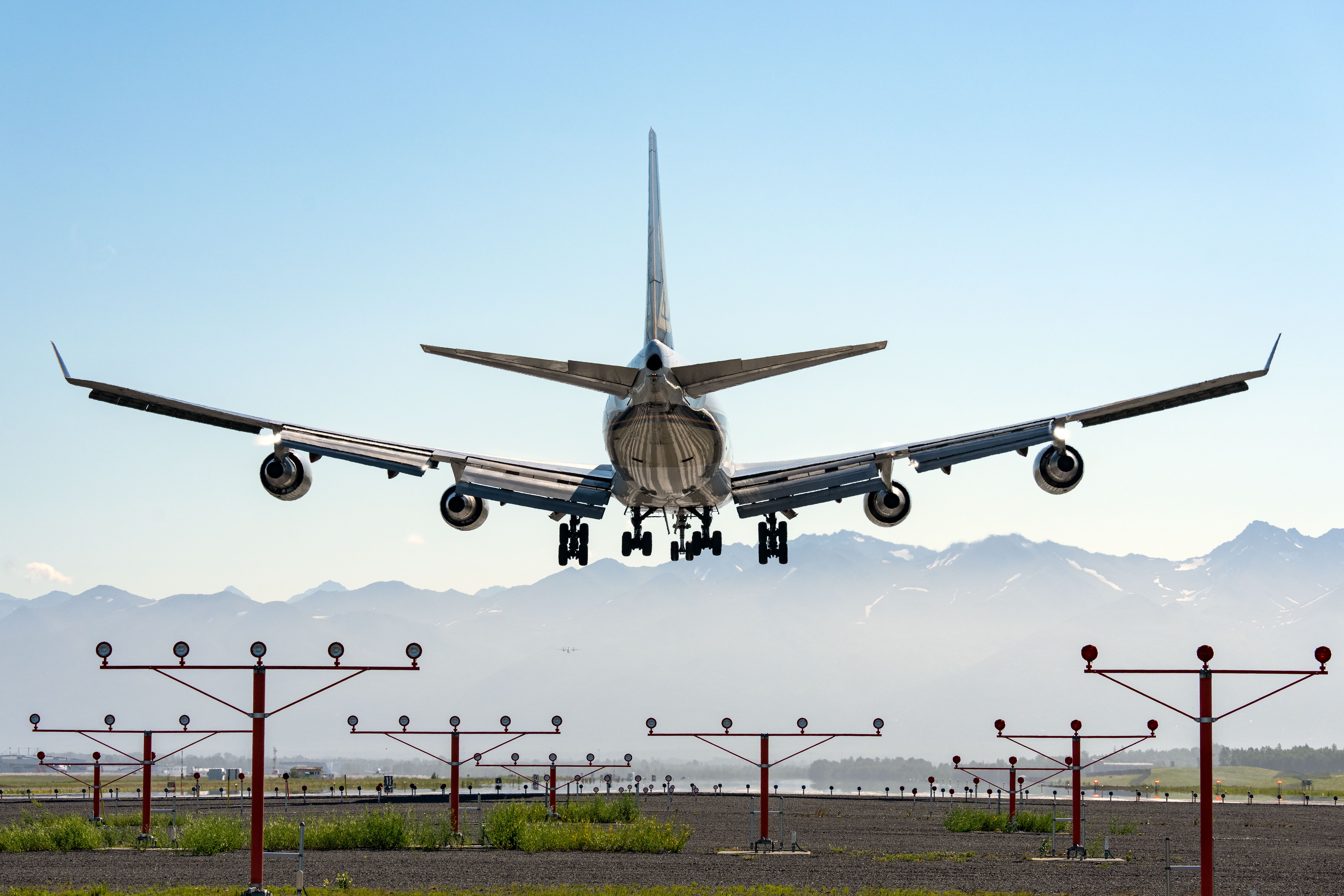Summary
- The 747-400 was a best-selling variant with improved efficiency, a two-crew glass cockpit, and a longer range.
- The newer 747-8, introduced in 2012, offers upgrades such as a longer fuselage, a larger wing area, and a modern cockpit.
- The differences between the 747-400 and the 747-8 include increased fuel capacity, greater efficiency, and advanced cockpit features.
The Boeing 747, or the “Queen of the Skies,” has been a revolutionary player in aviation since its debut in 1969. Beyond its commercial success, the 747 has participated in significant historical missions such as Operation Desert Storm (1990-1991), Operation Solomon (1991), and Operation Restore Hope (1992-1993), cementing its legacy as a versatile and reliable aircraft.
After its introduction in 1989, the 747-400 became the best-selling 747 variant. It is known for its efficiency, increased range, and advanced technology, such as the two-crew glass cockpit. The 747-8, which entered service in 2012, further enhanced the aircraft type. The new variant has a longer fuselage, larger wing area, and improved fuel efficiency.
Boeing 747-400
When the infamous Boeing 747 entered service in 1970, it became the first widebody airliner. The aircraft’s first variant, the 747-100, impacted air travel forever with its innovations and massive size. As demand for the 747 grew, Boeing developed new variants to meet rising needs. These 747 models had higher passenger capacities, longer ranges, and improved efficiency.
In 1989, the 747-400 entered service. This aircraft, which would become the best-selling 747 variant, was an advanced version of the original 747-100. The 747-400 kept the 747 airframe but featured significant changes to improve efficiency and provide a 400-mile (650 km) range increase.
To combat the rising operating costs of the three-crew 747, Boeing included a computerized glass cockpit in the new model, negating the need for a flight engineer. The two-crew cockpit was further modernized by changing the aircraft’s autopilot to that of the Boeing 757 and 767.
The 747-400 offered a choice of improved turbofan engines, providing options for lower fuel consumption and greater thrust. The new variant also had wingtip extensions that stretched the wingspan 17 feet (5.2 m) longer than the classic model’s. New aluminum alloys used in the wings made them 6,000 pounds (2,700 kg) lighter despite their larger size. The 747-400’s versatility made it very popular, as not only passenger airlines recognized its value. Over the years, the variant has been modified to transport cargo, serve as launch platforms for orbital launch vehicles, and act as offices in the sky for heads of state.
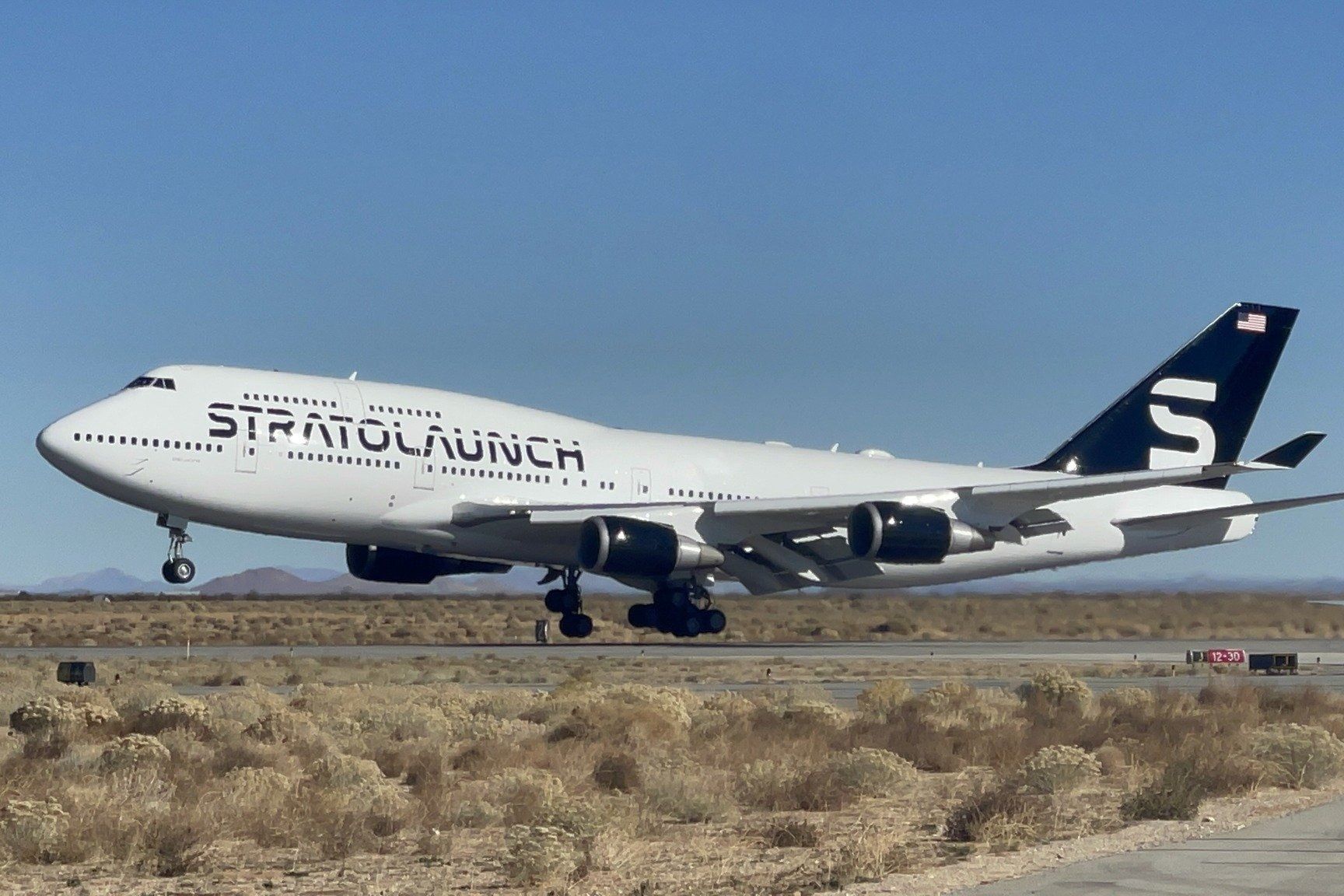
Related
‘Spirit Of Mojave’ Boeing 747 Added To Stratolaunch Fleet
The aircraft touched down at its new home in the Mojave Desert earlier this week.
From 1989 to 2009, 694 aircraft of this variant were delivered, making it the most popular 747 model. However, by the late 2010s, airlines had begun phasing out their 747-400s for newer widebody aircraft, such as the Boeing 777 or Airbus A350.
Despite the aging aircraft’s imminent replacement, several 747-400s are still flown today. While most of these are used by cargo carriers, such as Atlas Air, a few passenger airlines continue to fly the 400 variant. According to ch-aviation, the airlines with passenger 747-400s currently in their fleets are:
- Lufthansa (8)
- Air China (3)
- Saudia (2; ongoing wet lease with Air Atlanta Europe)
Photo: Joe Kunzler | Simple Flying
Boeing 747-8
In 2012, the 747-8 began commercial service, offering a modern, improved alternative to the popular 400 variant. The freighter and passenger versions 747-8 were developed, staying true to the 747’s role as a versatile aircraft.
The 747-8 maintains key commonalities with the 747-400 but offers many improvements and changes. This airplane (Boeing’s largest aircraft and the largest 747 variant) has an extended fuselage length, larger wing area, and increased maximum takeoff weight. The 747-8 also features a massive upgrade to the cockpit. Boeing incorporated the same modern, streamlined cockpit found in their 787s, which contains the latest technology and greatly reduces pilot workload.
According to Boeing, the 747-8 is quieter, more economical, and more environmentally friendly than previous 747 models. In fact, after receiving feedback on the aircraft after its initial launch, Boeing launched an improvement program for the 747-8 aimed at improving range and lowering fuel burn. This project was slowly introduced beginning in 2014 and has resulted in aircraft that burn 3.5% less fuel and weigh 9,000 pounds (4,082 kg) less than the first 747-8s.
Despite these innovative features and improvements, the 747-8 has yet to become as popular as its predecessor was. Data from ch-aviation shows that only 30 passenger variants of the aircraft are currently operated. The carriers with active 747-8s in their fleets are:
- Lufthansa (19)
- Korean Air (8)
- Air China (3)
Photo: Vincenzo Pace | Simple Flying
Key Differences between the 747-400 and 747-8
The large time span between the production of the 747-400 and the 747-8 allowed for significant developments in technology and design. While maintaining the main attributes of the 747 type, the newer variant looks, sounds, and operates a bit differently.
Visually, the 747-8 is very similar to its predecessor. They are virtually the same height and have the same overall body. However, the fuselage is about 18 feet (5.5 m) longer, and its wingspan is stretched 11 feet further. The 747-8’s larger size allows airlines to accommodate an additional 50 passengers, per Boeing-747.com.
Photo: Carlos Yudica | Shutterstock
Some of the main technical changes between the two 747 variants can be seen in the 747-8’s wings. The enhanced design gives the aircraft greater fuel capacity and increased fuel efficiency. While the new model maintains the sweep and basic structure of the wings, they are thicker and deeper. The 747-400’s winglets are also replaced with raked wingtips on the 747-8.
The 747-8’s updated cockpit is also a technical change from its forerunner. Many of the 787’s flight deck innovations have been incorporated into the new 747 variant, including replacing the old cathode ray tube (CRT) screens with liquid crystal displays (LCDs) and enabling electronic checklists.
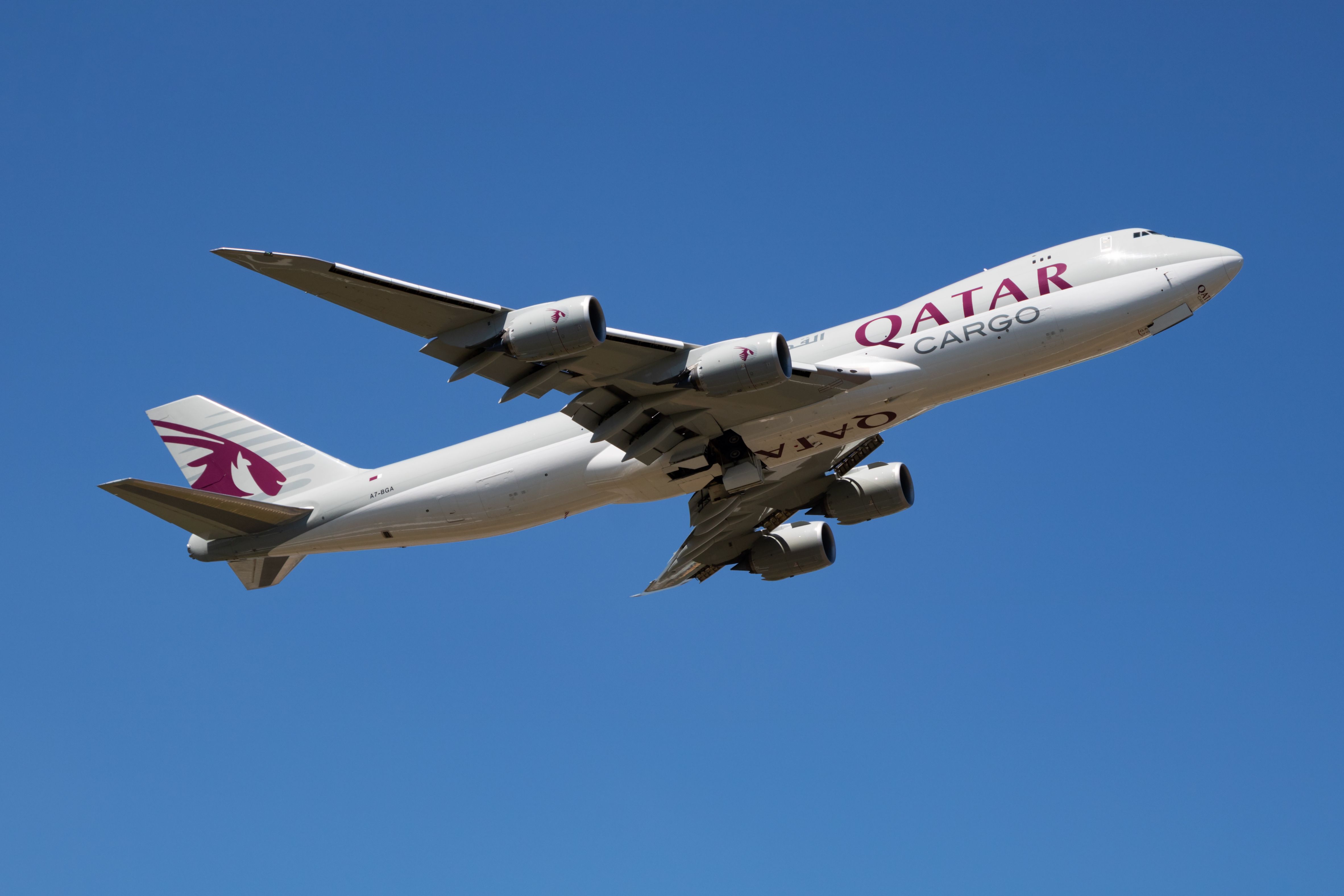
Related
The Boeing 747 Cockpit: How It Has Changed Over The Years
The outside of the iconic aircraft might’ve stayed relatively the same, but the cockpit underwent drastic changes over the years.
Further differences can be seen in the technical specifications of each aircraft. Although both 747 variants have four engines, the 747-8’s General Electric GEnx engines give the aircraft an advantage. Compared to the 747-400, the 747-8 has a longer range and a greater maximum take-off weight (MTOW).
|
747-400 |
747-8 |
|
|---|---|---|
|
Length |
231 ft. 11 in. |
250 ft. 2 in. |
|
Height |
63 ft. 8 in. |
63 ft. 6 in. |
|
Wingspan |
211 ft. 5 in. |
224 ft. 7 in. |
|
Wing Area |
5,825 sq. ft. |
5,963 sq. ft. |
|
MTOW |
875,000 lbs. |
988,000 lbs. |
|
Range |
7,236 NM |
7,992 NM |
|
Pax. Capacity |
416 |
467 |
The Boeing 747-400 and the 747-8 have significantly contributed to aviation, each in their own unique way. The 747-400 revolutionized air travel with its advanced features and versatility, becoming a favorite among airlines for both passenger and cargo transport.
Similarly, the 747-8 brought further enhancements in efficiency, technology, and environmental performance, continuing the legacy of innovation. Together, these aircraft have showcased Boeing’s commitment to evolving the iconic 747 series and adapting to the changing needs of the aviation industry.
Photo: Vincenzo Pace | Simple Flying
Have you ever flown on the 747-400 or the 747-8? Share your experiences in the comments!

